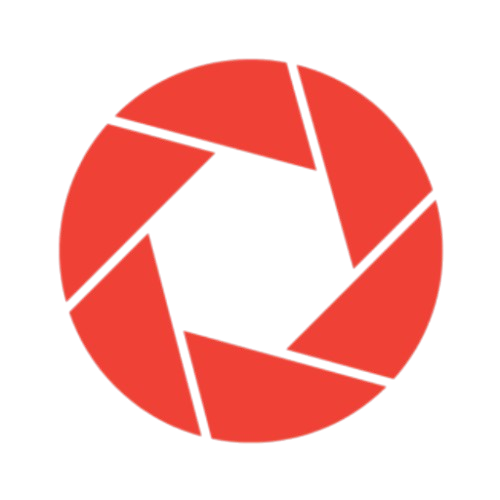What Is Copyleft
Copyleft may be a system that permits the free distribution of a piece, worm, text, or any inventive work. Copyleft uses copyright legislation to ensure the liberty to repeat, distribute, modify, and repay a product with no restrictions. Its image is an inverted C, which works as a distinction to the C of Copyright.
Copyleft was born within the field of computing, as a method designed by the free software system movement to push the employment of “free” code. That is, it permits a worm to be used, changed, and improved by anyone. Thus, it additionally admits the likelihood of distributing the initial versions with or without profit, while not requesting any permission as long as the same Copyleft licence is applied to the changed version.
Its conditions embrace unrestricted use of a program, freedom of analysis, unlimited distribution of copies, convenience of works to modification, documentation of a piece and its modifications by suggesting that of user manuals or descriptions, and also the impediment to revocation of the conditions of the Copyleft license.
Currently, its use additionally extends to the sectors of art, design, literature, and music. The creators enable the distribution of their content, the permission to come up with spinoff works, and also the freedom of distribution with or without profit. However, there’s some risk that the spinoff work might mirror certain ideas that the initial author doesn’t share, or might not be totally salaried for it.

Related Post: What Is Copy
What is copyleft for?
It serves, within the field of computing, in order that programmers will improve the codes of a free software system or worm. Within the field of analysis, it serves to higher diffuse information and make it appropriate for everybody, while not suffering the restrictions that copyright has with reference to analytical articles, manuals, or perhaps textbooks.
Related Post: What Is Copyright
Examples of copyleft
Examples of copyleft embrace the wildebeest licences, which were the pioneers of free software systems and free distribution. It was created in 1983 by Richard Stallman, with the aim of guaranteeing the free distribution of PC programs. Among the licenses, the final public, the reduced general public, and plenty of others whose descriptions are on their websites are distinguished.
There is additionally an inventive commons, that follows the similar ideals of copyleft but establishes that the work maintains “some rights reserved”. Creative Commons licences are widely used in ebooks, webcomics, graphic novels, transmission files, and other creative and scholarly works.
Related Post: What Is Corona SDK
FAQ’s
How is Copyleft different from Copyright?
Copyright is a legal concept that grants the creators of a work exclusive rights to control its use and distribution. Copyleft, on the other hand, allows for the free distribution and modification of a work, as long as any derivative works are also distributed under the same license.
What are some examples of Copyleft licenses?
Some examples of popular Copyleft licenses include the GNU General Public License (GPL), the GNU Lesser General Public License (LGPL), and the Creative Commons Attribution-ShareAlike (CC BY-SA) license.
Related Post: What Is Cost Per Acquisition (CPA)
Can I use Copyleft-licensed code in my commercial product?
Yes, you can use Copyleft-licensed code in a commercial product, but any derivative works must also be distributed under the same Copyleft license.
Can I modify a Copyleft-licensed work and keep the changes private?
No, any modifications made to a Copyleft-licensed work must also be distributed under the same license and made publicly available.
Can I charge money for a Copyleft-licensed work?
Yes, you can charge money for a Copyleft-licensed work, but you must also provide the source code and allow others to distribute it under the same license.
Can a Copyleft-licensed work be used in a closed-source software?
It depends on the specific terms of the Copyleft license. Some Copyleft licenses, such as the GPL, require any derivative works to also be distributed under the GPL, which would not permit use in a closed-source software. Other Copyleft licenses, such as the LGPL, allow for the use of the licensed work in closed-source software as long as the terms of the license are met.
Related Post: What Is Cost Per Click (CPC)
